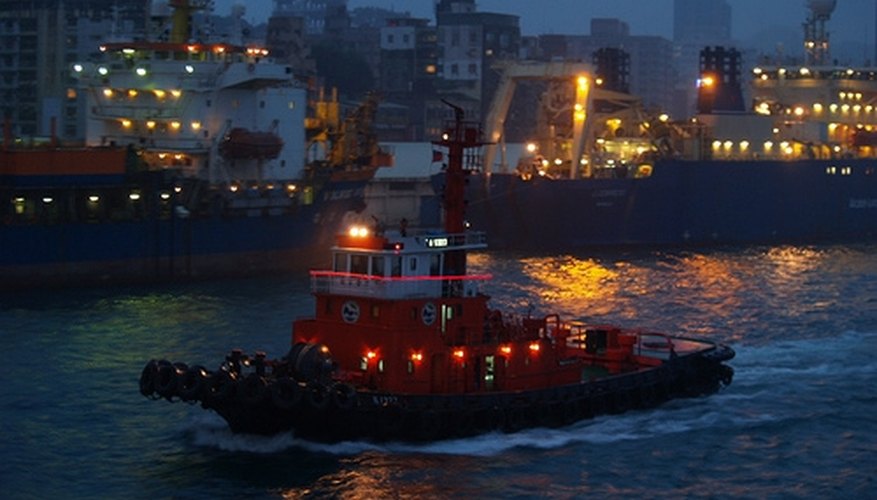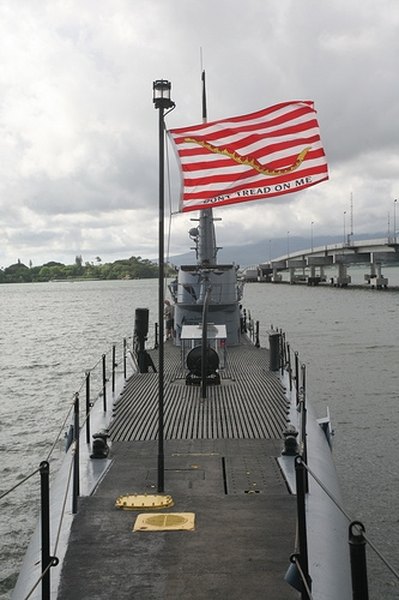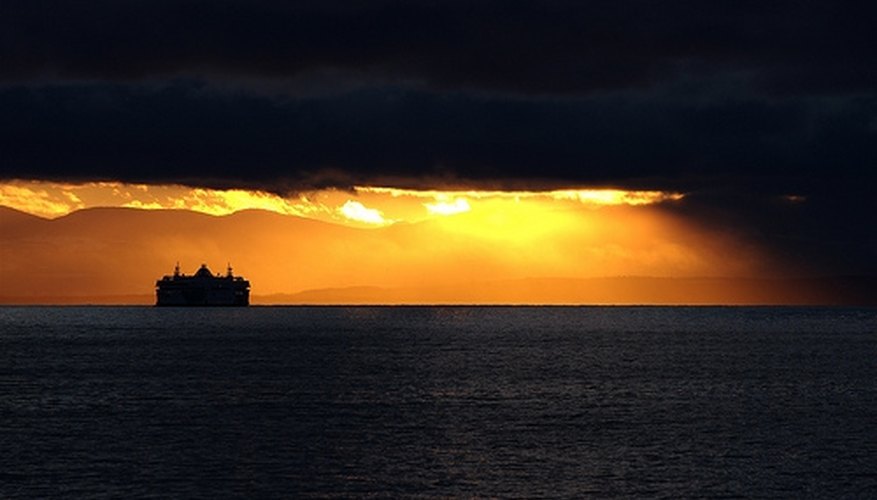
A boat's lights are far more than decoration. They tell a seasoned sailor where the boat is, how big it is and which way it's moving. The colored lights also tell you what boats to avoid and even how to stay out of their way.
Function

Image by Flickr.com, courtesy of all good) (pete
The colored lights--red, green, blue, yellow and white--are navigation and special-purpose lights. They provide an observer with information on the type and size of the vessel sighted, its activities and size to help prevent collisions between vessels.
Types

Image by Flickr.com, courtesy of Cliff
Most navigation lights are "steady," that is, they don't flash. Flashing lights--yellow and blue--are special-purpose lights marking submarines, hovercraft, police boats and public service boats. A triangle of green lights is a minesweeper at work.
Identification

Image by Flickr.com, courtesy of all good) (pete
A steady red light marks the port (left) side of a boat; a steady green light marks the starboard (right). White lights are masthead lights or stern lights on the back of the boat. They make the boat visible at night. A steady yellow light marks the stern (back) of a tug pushing barges.
Considerations

Image by Flickr.com, courtesy of Patrick Doheny
The position of the lights on a boat has significance. Large ships have white lights on two masts. The forward mast light is the lower of the two white lights, making it possible to tell which way a ship is moving.
Law
The size, type, color and visibility of a ship's colored lights is dictated by the U.S. Coast Guard Navigation Rules. The Navigation Rules consist of two sets of regulations, one for international waters and one for inland waters.
References
Writer Bio
Will Charpentier is a writer who specializes in boating and maritime subjects. A retired ship captain, Charpentier holds a doctorate in applied ocean science and engineering. He is also a certified marine technician and the author of a popular text on writing local history.



